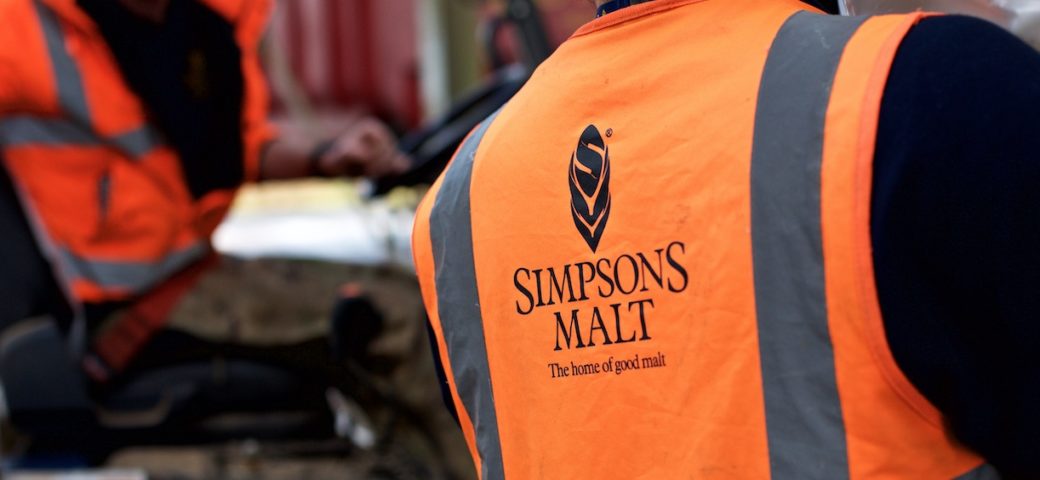Ever wondered how our malts are made? Let us give you a sneak peek into the process.
We often get lots of questions about our malting process when we’re at events or visiting customers, so we thought we’d take you behind the scenes at the Home of Good Malt, guiding you through every step of the Simpsons Malt malting process, from intake to delivery.
Intake
Quality beers need quality malts, and for that, you need quality grains. Before any grains make it into our maltings, we need to check that they reach the right standards.
Sourcing grains
We work with our agricultural merchanting division, MSP, to source our grains through premium UK farming suppliers. We send out our blue and yellow trucks to collect the grains after harvest and weigh them on arrival at our maltings.
Sampling
Next, we take samples of the grains from each truck to make sure they’re worthy of being made into Simpsons’ malts. Much like an X-Factor audition, we’re testing for a whole load of star quality before our malts make it through to the next round. The tests include but are not limited to:
- Variety – We need to be absolutely certain that the barley variety we receive is pure – we require that all our barley is grown from certified seed.
- Moisture content – The barley must contain the optimum level of moisture for later germination.
- Embryo – It’s super important that the grain’s embryo is still alive (germinative capacity), otherwise it’s impossible to turn it into quality malt.
Through checks like these, we make sure that we only accept the very best grain into our maltings. Our farming customers know these specifications and, as a result, are committed to meeting our high quality standards.
Sorting
After we’re satisfied that we’ve got quality grains, the barley is placed through a dresser and combine. This is in order to remove any part of the barley that’s not suitable for brewing – things like thistle heads, straw, undersized corns or broken ones.
Drying
After that, the grains are dried for storage by being circulated with warm air.
Majorly important: the air temperature used for drying must be tailored to the barley’s moisture content, otherwise it won’t be dried properly.
Storage
After every step of the intake stage has been completed, our grains are stored in silos or flat-bed stores, ready for the next step of the malting process: steeping.
More on steeping in our next blog. In the meantime, if you’ve got a question you’d like to ask about the intake process, get in touch with our team, or speak to us on Facebook, Twitter or Instagram.

